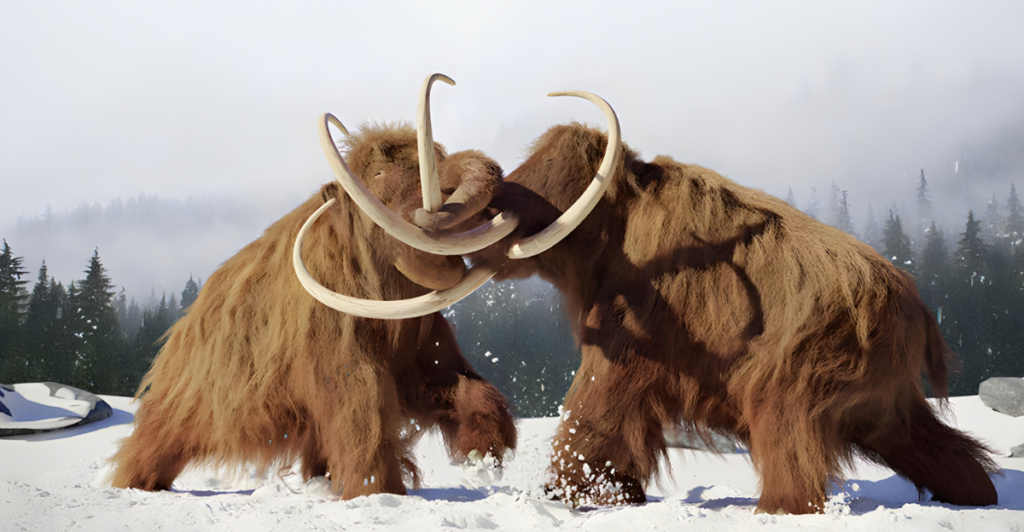
Colossal Biosciences is a new biotech startup that aims to bring extinct animals, such as the woolly mammoth, back to life. The startup received $200 million in funding, and its value rose to $10.2 billion.
Series C Fundraising Milestone

Colossal announced January 15, 2025, that it completed its Series C funding, raising a record $435 million. Most of its funding comes from TWG Global. This is a clear indication of investors’ confidence in Collossal’s objectives in genetic engineering and reviving extinct species.
Rapid-Growth in Value

The value of Colossal Biosciences increased from $1.5 billion two years ago to $10.2 billion today. That significant rise proves that investors are dedicated to biotechnology and its potential to enhance biodiversity.
De-Extinction Mission
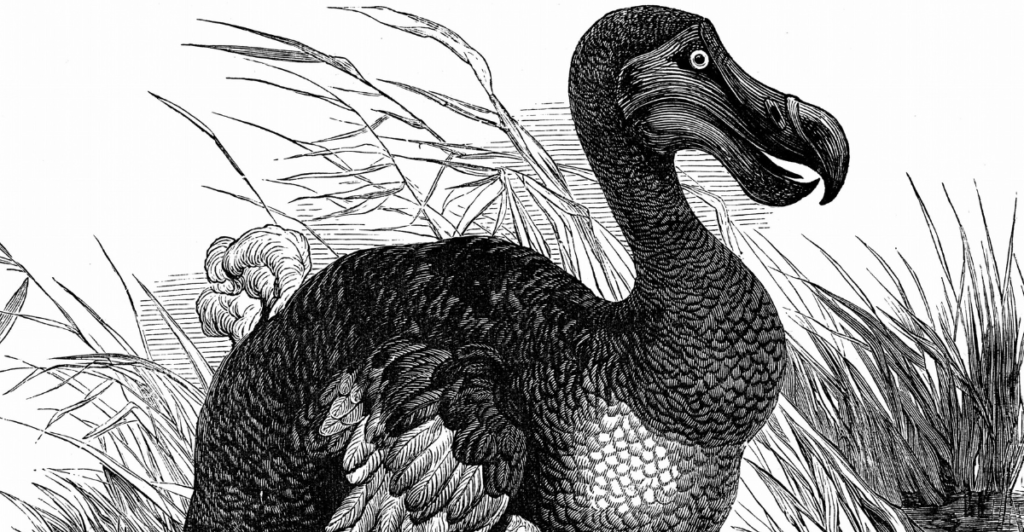
Colossal aims to revive the woolly mammoth, the Tasmanian tiger, and the dodo bird. Their mission is to boost biodiversity, correct ecosystems, and discover new applications for genetic technology that can benefit various species.
Genetic Engineering Techniques

The company employs cutting-edge genetic engineering techniques, such as CRISPR gene editing, to revive extinct animals. Colossal can identify specific genes for modification by researching extinct animals and their living analogs. For instance, they observed the analogs of the Asian elephant.
Timeline for Project
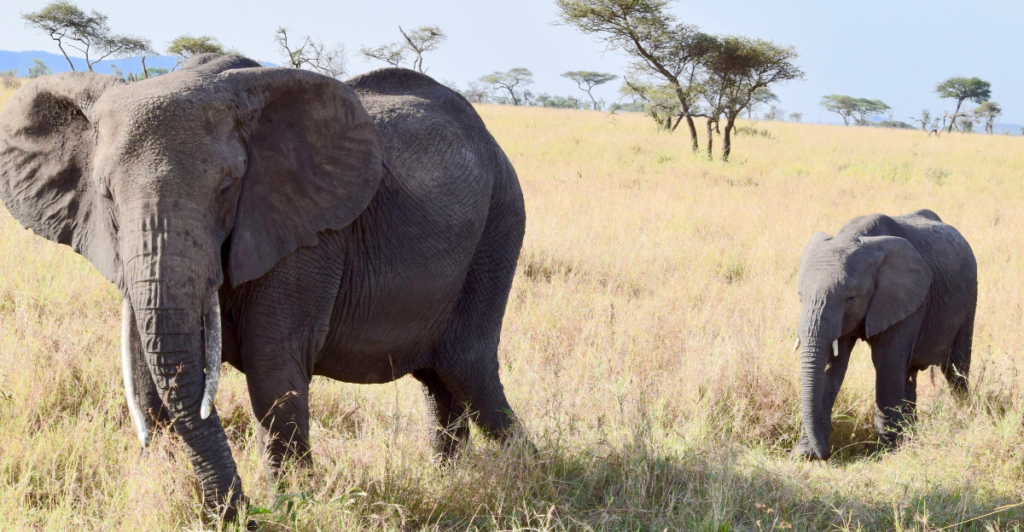
Colossal Biosciences plans to bring the woolly mammoth back to life by using a surrogate elephant mother to birth a genetically engineered calf. They aim to do this by 2028. The startup has made significant progress in understanding genes. Their goal is to identify traits that would enable an elephant to survive in cold temperatures.
Breakthroughs in Science

Colossal claims to have made significant breakthroughs in resurrecting extinct species. They have been able to map out the genome of the woolly mammoth and the Tasmanian tiger. This will lead to a significant improvement of gene editing and embryo implantation technology.
Environmental Factors
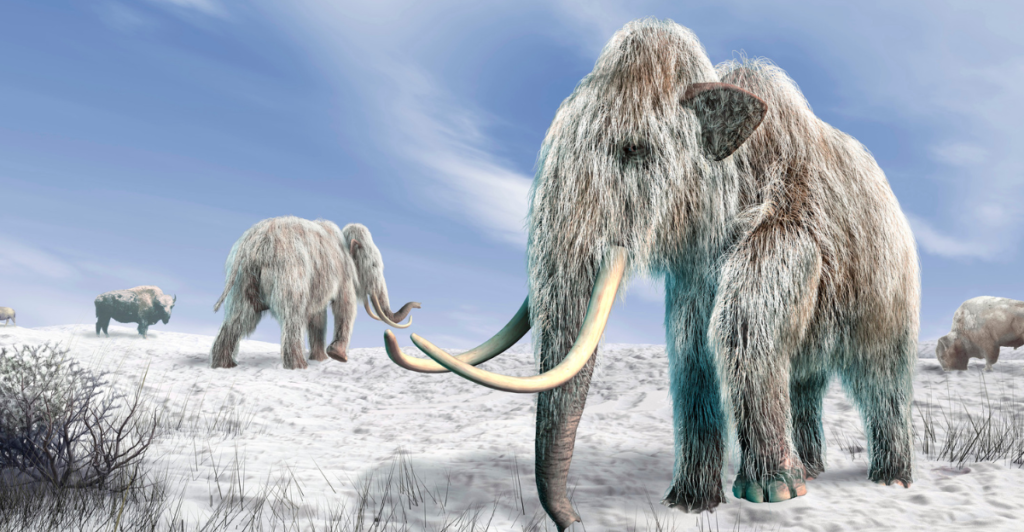
Colossal’s ambition is high, but concerns arise about whether the mammoth species would survive long term in our current environment and climate.
Investor Views

Prince Khaled bin Alwaleed and other investors are fascinated by, and believe in, Colossal’s cutting-edge work. These investors also see Colossal’s advancements as a way of enhancing biodiversity in regions in which these extinct species lived.
Applications in the Future

Apart from reviving extinct species, Colossal’s work can have broader applications in biotechnology. New breakthroughs can boost agricultural output and save endangered species.
Community Outreach
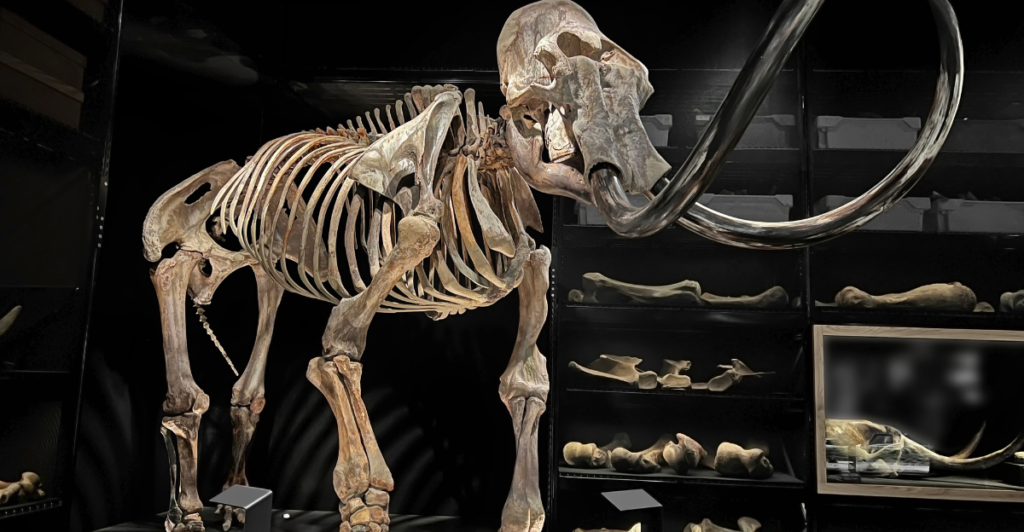
Colossal Biosciences collaborates closely with conservationists and to raise awareness about its mission in reviving extinct species. By working together and providing information, it aims to promote collaboration in safeguarding biodiversity and endangered species worldwide.
Challenges in the Future
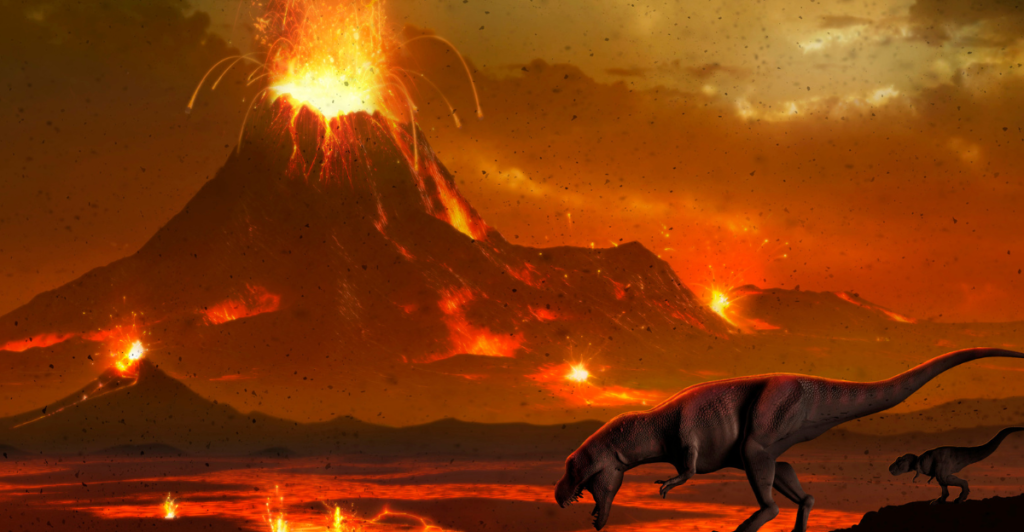
Even with a lot of funding and technological advancement, we can’t yet totally resurrect extinct species. There are still ethiccal, environmental and technological obstacles in the way.
Conclusion
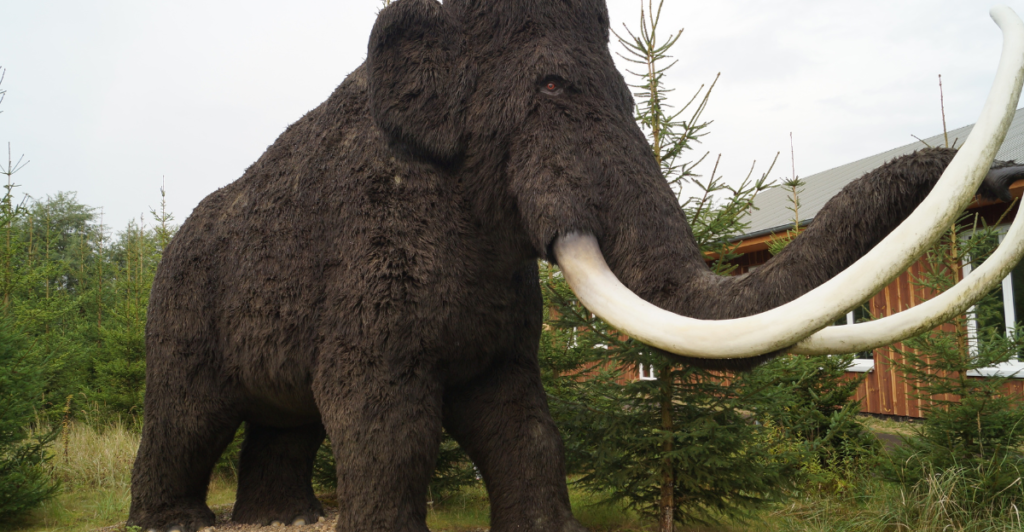
Colossal Biosciences became a pioneer in biotechnology when it began its operation to revive extinct species such as the woolly mammoth. With significant funding and new technology, the corporation is prepared to revolutionize conservation and generate worldwide curiosity about reviving biodiversity.
Discover more of our trending stories and follow us to keep them appearing in your feed
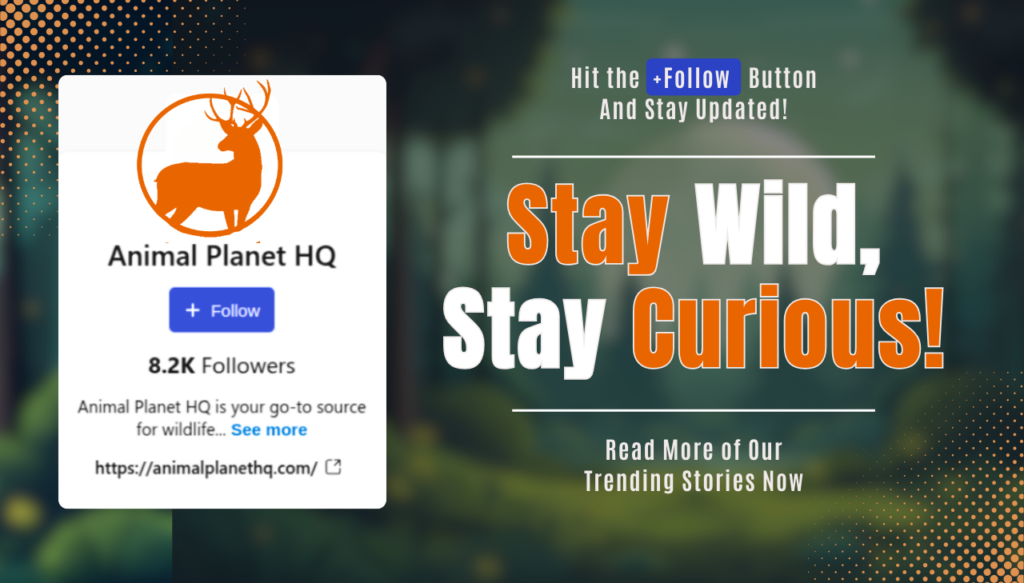
Scientists Are Bringing Back The Wooly Mammoth
The Woolly Mammoth Comeback: Scientists Are Closer Than Ever
The Global Disaster That Reduced Us To 1,300—And How Animals Helped Us Recover
12 Extinct Animals That Could Be Resurrected Soon
References:
Reference 1
Reference 2
This article first appeared here
Stay connected with us for more stories like this! Follow us to get the latest updates or hit the Follow button at the top of this article, and let us know what you think by leaving your feedback below. We’d love to hear from you!







